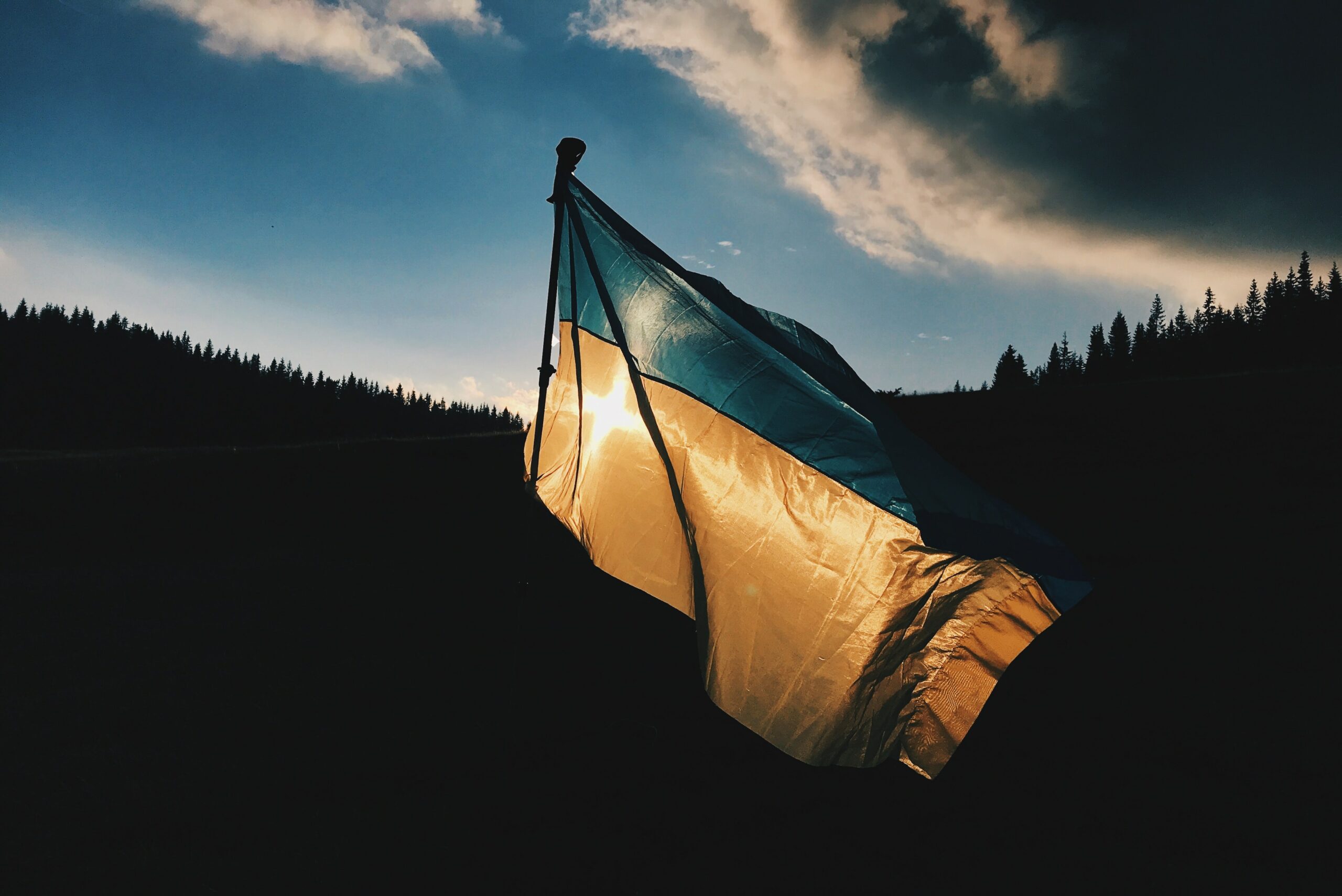By: Dr. Scott Bader-Saye
Writing about the war in Ukraine, Thomas Friedman in the New York Times recently observed, “This is the first war that will be covered on TikTok by super-empowered individuals armed only with smartphones, so acts of brutality will be documented and broadcast worldwide without any editors or filters.” Social media has made it possible to track minute-by-minute activity on the ground in Ukraine. Nothing since the rise of 24-hour cable news in the 1980s has transformed coverage of armed conflict as much as smartphones and social media platforms.
The gain, perhaps, is that aggressors cannot hide the consequences of their violence: “As this war unfolds on TikTok, Facebook, YouTube and Twitter,” Friedman writes, “Putin cannot closet his Russian population — let alone the rest of the world — from the horrific images that will come out of this war.” It is certainly possible that these images could have a positive impact by pressuring Putin into restraint (though it is a decidedly unlikely outcome), but the negative impact of constant freelance war coverage on top of constant news media coverage may be more widespread and less noticed.
The more we consume images, videos, news stories, op-eds, TV pundits, talk radio, and social media posts about the war, the more we are gripped by two impulses: empathy and fear. The fact that we can follow the encroaching threat of the Russian invasion in real time creates a sense of immersion in this drama even though it is unfolding thousands of miles away. And because of this distance we are powerless to make a difference. All we can do is emotionally attach ourselves to the struggle. And so, in an act of imagination, we reach out to the Ukrainian people with empathy and we identify their fear as our own. Fear leaps across the ocean in the time it takes for an Instagram post to load.
As Christians we know that when we cannot impact a situation directly our empathy can lead us to prayer as an act of solidarity. We are less sure what to do with our fear. Fear tends to spread tendrils that can distort our perception of the world – not just the world “over there” but the world right here. Our campus, our neighborhood, our city comes to seem more dangerous, more threatening. It is what George Gerbner called the “mean-world syndrome.” In studies he found that higher intake of violent media content produced a disproportionate judgment about the likelihood that one would be a victim of violence. The more violence we take in, the more exaggerated our fears become. The moral cost of this fear is that we contract into self-protective bubbles, we redirect our time away from the goods we are called to pursue, we see others as more dangerous, and we exhaust our energy in pointless fret.
Thomas Aquinas observed that fear arises from the imagination of a future evil that is both imminent and of great magnitude. It follows, then, that fear can be disordered in two basic ways. We can fear what we should not, either because the threat is not in fact great or because our fear is directed at the wrong object (a scapegoat, for instance). Or we can fear as we should not; that is, we may fear a real threat but fear it excessively. Using Aquinas’s definition, we can come up with a way of testing fear, so that we might become more reflective and less captive.
For instance, we might notice that we fear something that is imminent but not of great magnitude. This is the stuff of phobias: fear of spiders, heights, crowds, or small places. Or we might fear a threat that is of great magnitude but is not in fact imminent, such as shark attacks or lightning strikes. Seeing clearly that there is no real basis for our fear can be freeing, but noticing the irrationality of a fear does not necessarily make it go away. The antidote to fear is not simply reason but, more importantly, imagination.
Aquinas writes, “Since fear arises ‘from the imagination of future evil’ . . . whatever removes the imagination of the future evil removes fear also.” Our imagination of future evil is fed by the images and audio that draw us vividly into the current war. It becomes very easy to imagine ourselves among those under threat. And while Ukraine is very remote, our imagination can conjure all kinds of scenarios in which our own nation or city becomes caught up in the conflict (even if such scenarios are highly unlikely).
One response, then, is to minimize the inputs that are feeding our imagination – limiting, for instance, our news intake to only certain times of day, only certain types of media (perhaps print rather than image), and only for a certain length of time. Another response is to engage in contemplative prayer by which we feed our imagination differently, perhaps by meditating on an icon or a biblical story.
Our challenge is to pay attention to our empathy so that we can extend ourselves in concern for others at a distance without being drawn into their fear as if it were our own. Taking on someone else’s fear is not healthy solidarity. And feeling anxiety about a situation over which we have no control is not healthy compassion.
The crisis in Ukraine is both about us and not about us. The empathy that leads us to pray should not be confused with the unfounded fear that distracts us from attending to the good work God has placed before us.
How would you describe the fear you are feeling right now?
What does your imagination conjure when you name your fears?
How might you use Lent as a time to reorder the ways you feed your imagination?
This spring, Sowing Holy Questions explores creating what is next, the new normal, grieving for what we cannot return to, and being “beside ourselves.”



